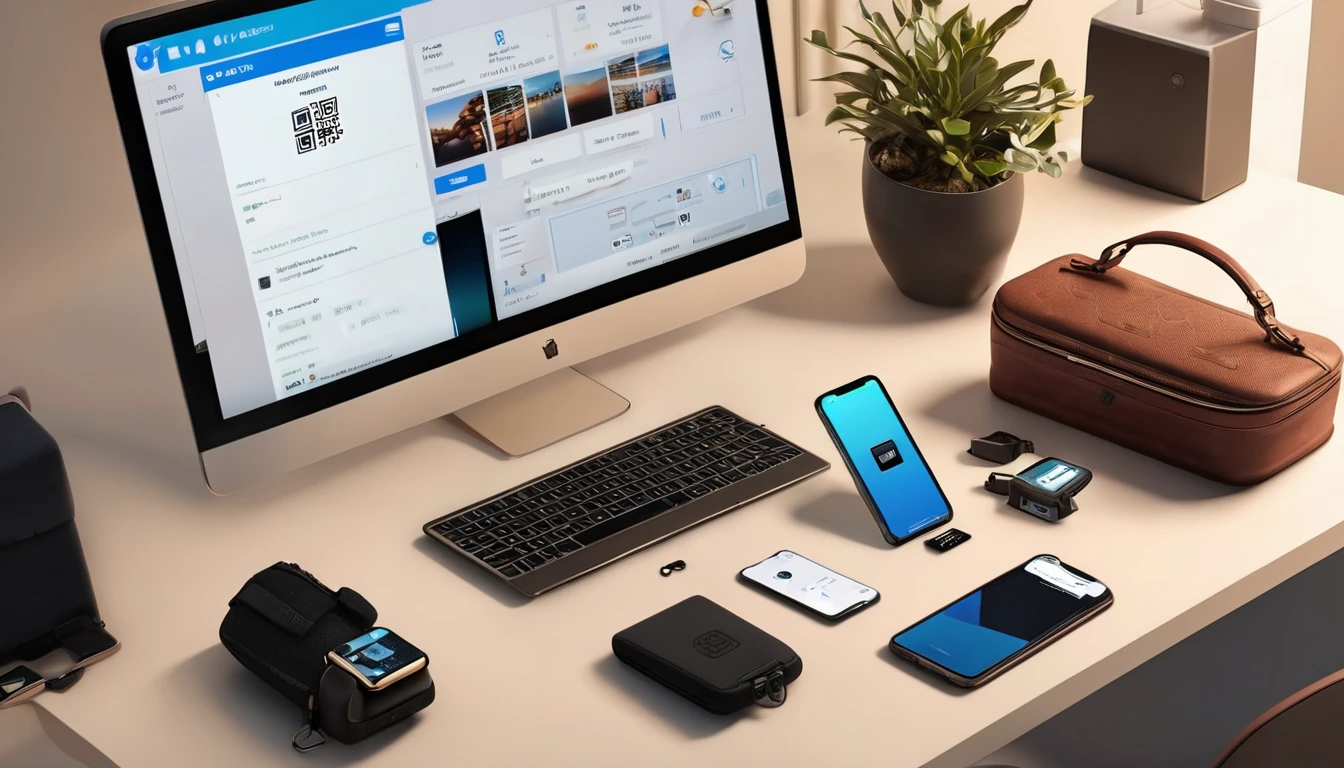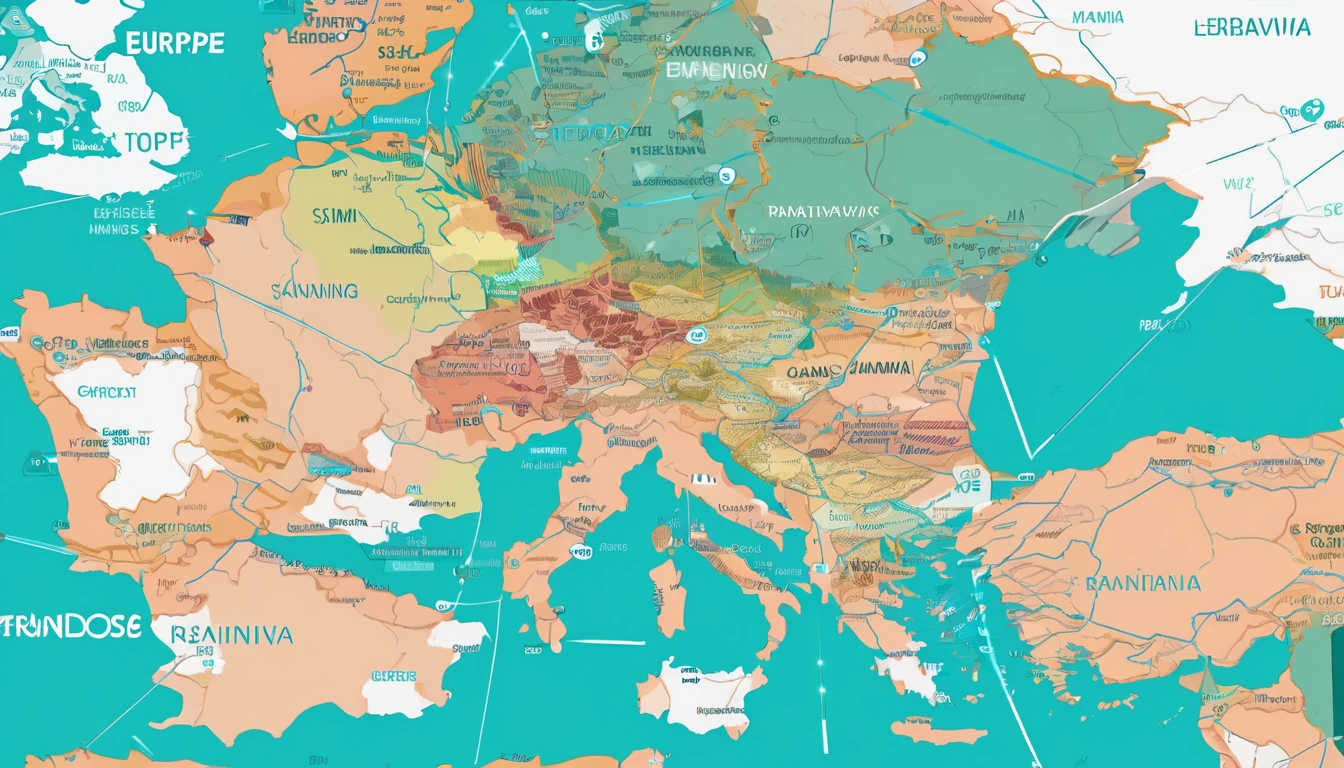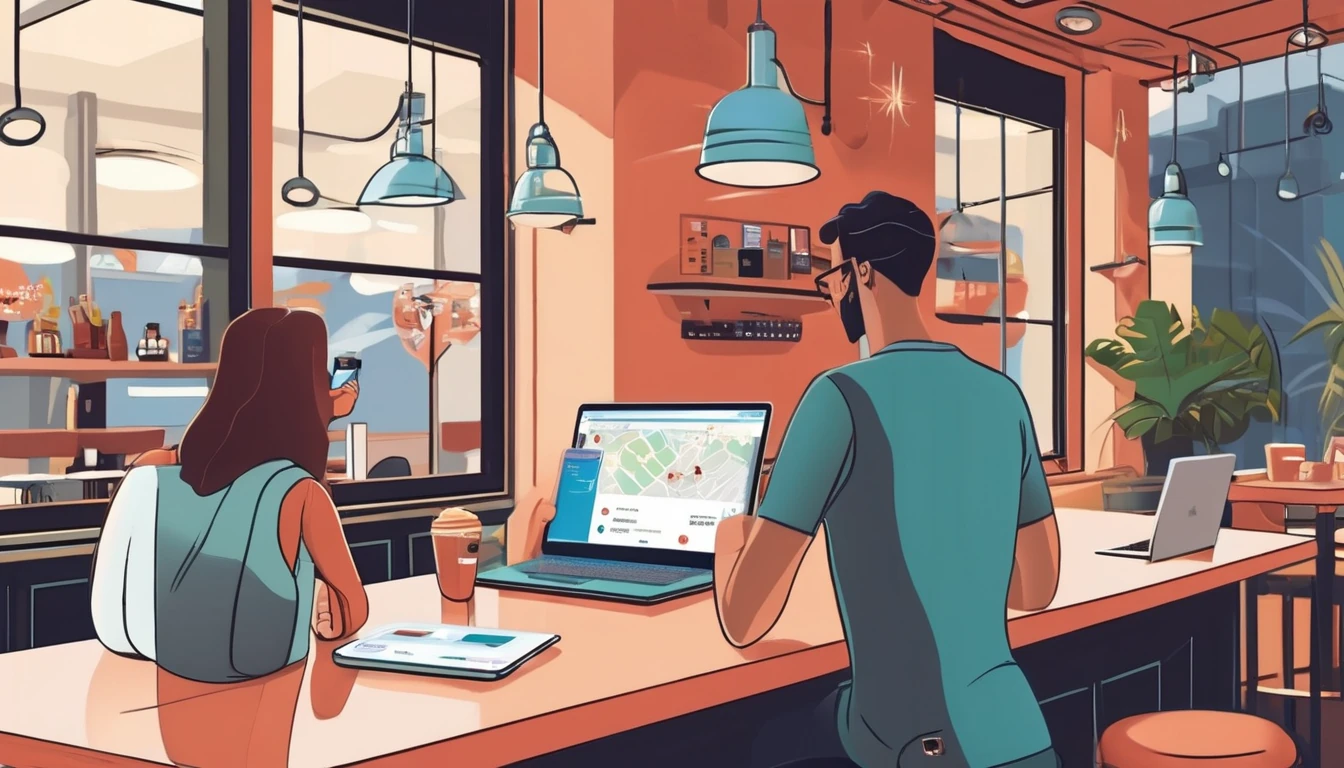Travellers are ditching plastic SIMs for eSIMs because they’re fast to set up, kinder to your phone’s SIM tray, and usually cheaper than roaming. But eSIM support varies by model and region, and not every “dual-SIM” phone actually supports a digital SIM. This 2025 guide gives you the definitive compatibility picture: quick checks you can run in under two minutes, a brand-by-brand device matrix, and practical install tips that avoid airport Wi‑Fi panic. If you’re planning a trip to the US, Europe or beyond, we’ll also point you to dependable regional plans like Esim United States, Esim Western Europe and Esim North America.
Key point: model names alone aren’t enough. Variants from different countries or carriers can enable or disable eSIM. Use the quick checks below to confirm your exact device, then pick a plan from our global Destinations page.
The fastest way to confirm eSIM support (2‑minute check)
- Step 1: Find your EID
- iPhone: Settings > General > About. Look for “EID”.
- Android (Pixel/Samsung/others): Settings > About phone (or Status). Look for “EID”.
- Or dial *#06# on most phones. If you see an EID, your hardware supports eSIM.
- Step 2: Look for an “Add eSIM” option
- iPhone: Settings > Mobile Data > Add eSIM.
- Samsung: Settings > Connections > SIM manager > Add eSIM.
- Pixel/Android: Settings > Network & Internet > SIMs > + Add eSIM.
- Step 3: Update and unlock
- Install the latest iOS/Android update.
- Ensure the phone is network unlocked for travel eSIMs.
- Step 4: Dual SIM expectations
- Most recent iPhones, Pixels and flagships support two lines active (one or two eSIMs depending on model). Mid‑range Androids may allow only one eSIM active alongside a physical SIM.
Pro tip: No EID showing? Your model or region variant likely doesn’t support eSIM, or the feature is disabled by firmware/carrier.
eSIM‑compatible phones in 2025: the definitive list
Model availability and eSIM features can vary by region and carrier firmware. Use this as a guide, then run the quick checks above on your exact handset.
Apple iPhone (global leaders for eSIM)
- iPhone 16 / 16 Plus / 16 Pro / 16 Pro Max – eSIM supported; US models are eSIM‑only (no SIM tray).
- iPhone 15 family – eSIM supported; US models are eSIM‑only.
- iPhone 14 family – eSIM supported; US models are eSIM‑only.
- iPhone 13, 12, 11 families – eSIM supported.
- iPhone XS, XS Max, XR – first iPhones with eSIM.
- iPhone SE (2nd gen 2020, 3rd gen 2022) – eSIM supported.
Notes for travellers: - iPhone 13 and newer can run two eSIMs simultaneously (or one eSIM + one physical SIM on non‑US models). - iOS allows storing multiple eSIM profiles and switching as you travel.
Samsung Galaxy (flagships and many A‑series)
- Galaxy S24 / S23 / S22 / S21 / S20 series – eSIM supported on most global variants.
- S20 FE: eSIM availability depends on edition/region; later “2022” models added eSIM in many markets.
- Galaxy Z Fold and Z Flip (all generations since eSIM was introduced) – eSIM supported.
- Galaxy Note20 / Note20 Ultra – eSIM supported on most variants.
- Galaxy A‑series (region‑dependent): A55, A54, A35, A34, A25 5G, A15 5G and newer mid‑range models often include eSIM in Europe/Asia; some US carrier‑branded units disable it.
Notes for travellers: - eSIM on Samsung can be region/carrier dependent. Check Settings > Connections > SIM manager. - Many newer models support multiple stored eSIMs; simultaneous active lines vary by device/firmware.
Google Pixel (Android’s eSIM reference)
- Pixel 9 / 9 Pro / 9 Pro Fold – eSIM supported.
- Pixel 8 / 8 Pro – eSIM supported; dual eSIM possible on recent Android builds.
- Pixel 7 / 7 Pro / 7a – eSIM supported.
- Pixel 6 / 6 Pro / 6a – eSIM supported.
- Pixel 5 / 4 / 4a – eSIM supported.
- Pixel 3 / 3a – eSIM supported in many regions; some carrier variants limit it.
- Pixel Fold – eSIM supported.
Notes for travellers: - Pixel 2 had a limited eSIM implementation (mostly Google Fi); treat it as non‑universal.
- Keep Android 13+ for the smoothest eSIM experience.
Other Android brands (selected models with widespread eSIM support)
Because eSIM on these brands varies more by market and firmware, treat this as “supported in many regions” and confirm on your device with the EID check.
- OnePlus: 11, 12, 13 – eSIM on many EU/IN/global variants; earlier models largely lacked eSIM.
- Sony Xperia: 1 V/VI, 5 V, 10 V/VI – eSIM widely supported.
- Motorola: Razr (2019 onwards), Razr 40/50 series; Edge 30/40 families and newer – many variants support eSIM.
- Xiaomi: 13 / 13 Pro / 13T Pro, 14 / 14 Pro / 14 Ultra – growing eSIM support by region; confirm locally.
- OPPO: Find X5/X6/X7 series; Reno 8/10 series – selected regional variants support eSIM.
- Huawei: Selected P and Mate series (e.g., P40/P50/P60, Mate 40/50) support eSIM in some markets.
- Nothing: Phone (1) and Phone (2) support eSIM.
- Fairphone: Fairphone 4 and 5 support eSIM.
- Nokia/HMD: Nokia X30 5G, XR21 and some enterprise models support eSIM.
Pro tips: - Mid‑range and carrier‑branded Androids are the most inconsistent. Always check for EID and an “Add eSIM” option. - If your dual‑SIM tray has two physical SIM slots, eSIM may still be supported—but it’s not guaranteed.
iPhone vs Samsung vs Pixel on the road
- iPhone
- Best overall consistency. US iPhone 14/15/16 are eSIM‑only, which is ideal for travel plans.
- iOS makes it simple to label lines (e.g., “Japan Data”) and pick a default for data/voice.
- Can store multiple profiles; two lines active on iPhone 13 and newer.
- Samsung
- Powerful SIM manager with clear toggles for data/voice/roaming.
- Watch for model/region variance on A‑series and FE models.
- If “Add eSIM” is missing, update software; some regions enable it via firmware.
- Pixel
- Clean implementation with helpful prompts; strong dual‑SIM standby on recent models.
- Updating to the latest Android build often unlocks dual eSIM improvements.
- Great for quick QR installs before you fly.
How to install a Simology eSIM (step‑by‑step)
Do this on Wi‑Fi before you travel.
1) Buy a plan
- Choose your country or region on Destinations. For multi‑country trips, consider Esim Western Europe or Esim North America.
2) Open your QR or activation details
- Keep the email/app screen open on another device, or print the QR.
3) Add the eSIM
- iPhone: Settings > Mobile Data > Add eSIM > Use QR Code.
- Samsung: Settings > Connections > SIM manager > Add eSIM > Scan QR.
- Pixel: Settings > Network & Internet > SIMs > + Add eSIM.
4) Label and set defaults
- Name it (e.g., “Trip EU”) and set it as the Mobile Data line. Keep your primary line for calls/texts if needed.
5) Enable Data Roaming on the travel eSIM
- Required for regional packs like Esim France, Esim Italy or Esim Spain.
6) Test before departure
- Toggle the eSIM off/on and check APN auto‑config. You’re ready.
Pro tips: - Arriving late? Install the eSIM at home so it activates instantly on landing.
- Use regional bundles to avoid switching plans mid‑trip (e.g., Esim United States for the US or Esim Western Europe for multi‑country EU travel).
- Business travellers: centralise purchasing and compliance with For Business.
Troubleshooting and gotchas
- No “Add eSIM” option
- Update software; reboot; check if the phone is carrier‑branded (some carriers hide the menu on mid‑range models).
- No EID found
- Your device likely lacks eSIM hardware or the variant disables it.
- QR won’t scan
- Enter activation details manually. Ensure you’re on Wi‑Fi and any VPN is off.
- “Maximum eSIMs reached”
- Delete old, unused eSIM profiles to free a slot.
- Data not working on arrival
- Confirm the travel eSIM is set as the Mobile Data line and Data Roaming is on. Reboot once after network attach.
- Locked phone
- Travel eSIMs require an unlocked device. Contact your carrier to request unlock before you fly.
Partners and resellers: streamline onboarding and co‑branded offers via the Partner Hub.
FAQ
How do I know if my phone is eSIM capable?
Check for an EID in Settings (or dial *#06#) and an “Add eSIM” option in your SIM settings. If both exist, your phone supports eSIM. If either is missing, it likely doesn’t.
Do I need an unlocked phone to use a travel eSIM?
Yes. Most travel eSIMs, including Simology plans, require an unlocked device. A carrier‑locked phone generally only accepts that carrier’s eSIMs.
Can I run two lines at the same time?
Most modern iPhones (13 and newer) and recent Pixels/Samsungs support two active lines (e.g., personal number plus travel data). Some mid‑range Androids limit you to one active eSIM at a time.
How many eSIMs can I store?
It varies by model. Recent iPhones and Pixels can store multiple eSIM profiles (often 5–10 or more) but typically allow only two lines active simultaneously. You can switch profiles in Settings.
Can I move an eSIM to a new phone?
Some providers support eSIM transfer in‑app or via QR reissue, but many treat eSIMs as one‑device only. Plan to install a fresh eSIM on your new phone.
Will eSIM drain my battery faster?
Not noticeably. Running two lines can use slightly more power, but modern radios manage this efficiently. Most users won’t see a meaningful difference.
Next step: Confirm your phone with the quick checks above, then pick your destination plan on Destinations.




